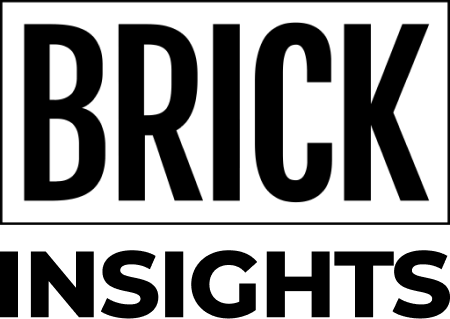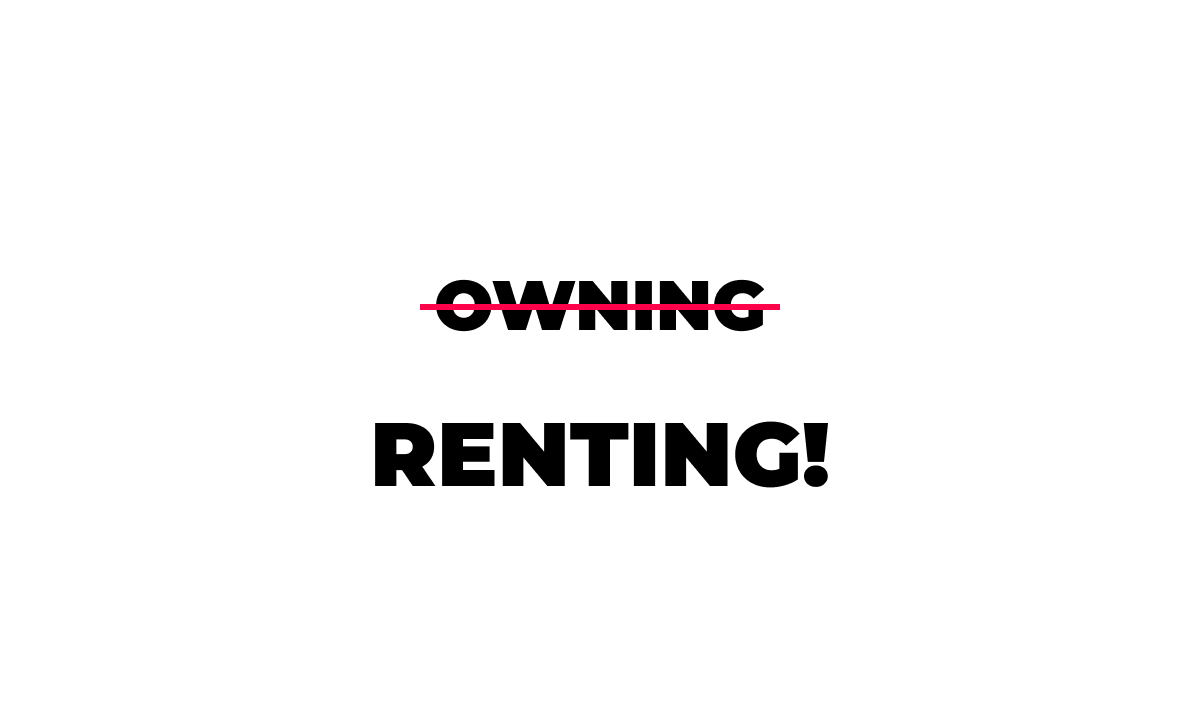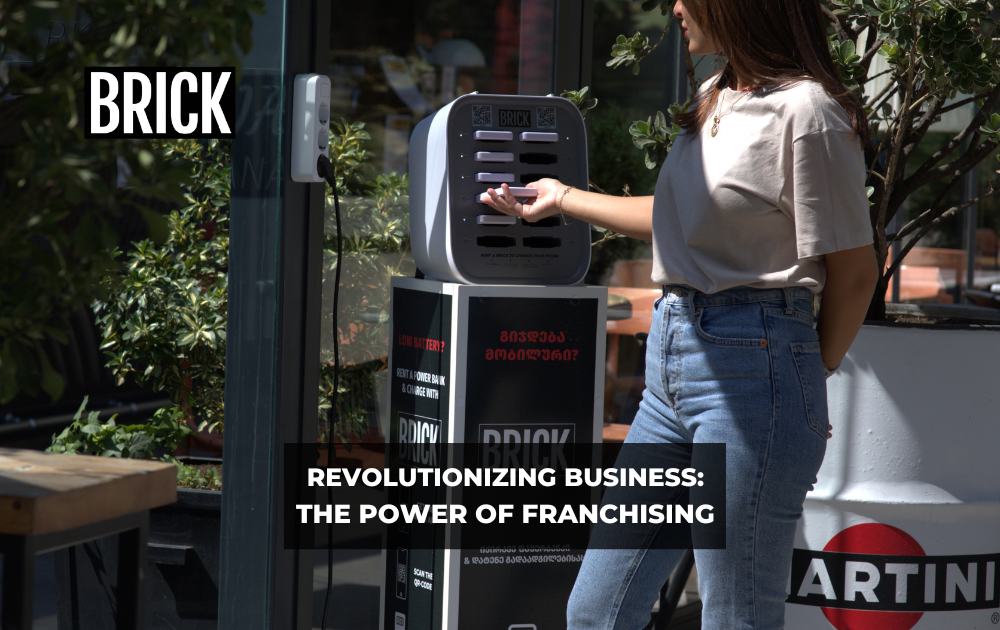Introduction to AIoT: How Artificial Intelligence Plays a Role in IoT
Artificial Intelligence and the Internet Of Things have come a long way in recent years, and they’re leading the digital revolution. AI is used in various fields, such as healthcare and retail, to streamline work processes by replicating human behavior through machine learning.

Summary
Artificial Intelligence and the Internet Of Things have come a long way in recent years, and they’re two of the main fields within the digital revolution. AI is used in various fields, such as healthcare and retail, to streamline work processes by replicating human behavior through machine learning. Often we think of the application of AI as a means to help with the automation of tasks, making work easier for everyone involved.
IoT has grown to become commonplace in people’s everyday life, most people have smart home devices such as smart video doorbells, smart thermostats, or smart speakers.
IoT devices depend on quick decision-making and Artificial Intelligence (AI) can help with this. AI enables devices and networks to better their performance and predict future activity, learn from previous mistakes, and implement better solutions. Recently, the term Artificial Intelligence of Things (AIoT) has emerged. This technology is a combination of AI and IoT that can potentially change the way we live and work for the better.
What is IoT?
The Internet of Things (IoT) are cloud-connected devices that communicate with each other, by sending and exchanging data through the cloud, without human interference. In short, it's an object that has been enhanced through data, so that it can interact and change with its learnings. IoT examples range from connected watches and cars to entire cities.
What is Artificial Intelligence?
Artificial Intelligence (AI) is machine learning or a computer’s ability to replicate human behavior patterns. IoT has become relevant in recent years since it helps establishments with adapted and automated changes for our generation. AI is already implemented within many industries.
The short storyline on the beginning of AI
History of Artificial Intelligence
AI dates back to the late 50s with John McCarthy and Marvin Minsky, the founding fathers of AI. The two computer scientists started the Artificial Intelligence Project which is considered to be the first AI program by many. It’s now known as the MIT Computer Science and Artificial Intelligence Laboratory, with the same aim: researching the width of possibilities of artificial intelligence.
The boom of AI (1980-1987)
During the 1980s, the field of AI experienced a significant surge characterized by rapid growth, garnering considerable attention. This era, commonly referred to as the “Bloom of AI”, was marked by substantial government funding and advancements in research.
There were many remarkable occasions during this time that both changed and developed AI. In 1980, the first Association for the Advancement of Artificial Intelligence (AAAI) was organized at Stanford. In 1985, a drawing program called AARON was introduced at the AAAI conference. It was a computer program that could draw and paint. The program first began with drawing abstract pictures in the ’80s, it learned how to draw people, animals, rocks, and plants. AI software became smarter and thus more popular as computers knew how to make more independent decisions.
How does AI go hand-in-hand with IoT?
AI plays a role in the realm of IoT, serving as both a predictive and preventive force. This capability contributed to unlocking the full potential of IoT. AI can learn from past decisions, and devices and networks can improve their performance and achieve better outcomes. Moreover, AI empowers them to anticipate future activities, leading to efficient operations since it helps to understand data analytics on a deeper level and business process automation. AI has revolutionized the IoT landscape, creating user-friendly devices and networks available to anyone to enjoy a simplified IoT experience.
AI & IoT integration
AIoT is the combination of AI and IoT frameworks. It’s a new innovative and transformative technology created with both elements. The purpose of AIoT is to create productive IoT operations, increase analytics and data management as well as elaborate human-machine interactions. Examples of AIoT include autonomous delivery robots and city traffic surveillance.
AI provides significant advantages to IoT by leveraging machine learning techniques to enhance decision-making processes, making them faster and more efficient. Conversely, IoT offers valuable support to AI by facilitating seamless data exchange and connectivity, which are widely acknowledged as crucial components of the IoT ecosystem.
Businesses and their services can be improved and optimized by AIoT. Considering that AIoT creates a higher value of IoT-generated data. AI enables IoT devices to utilize "big data", larger and more complex amounts of data. Traditional data processing software can not process these datasets, due to the extensiveness. With AIoT, this problem can be solved, and these amounts of data can be implemented to solve business problems.
Why does IoT need AI?
IoT applications depend on fast decision-making in real time. Let’s take autonomous cars as an example. Autonomous cars must be safe and effective; the car’s AI needs to mimic instant human decision-making. Biometrics offers a method of identifying individuals based on human characteristics: facial features, retina scans, and fingerprint mapping. This technology is frequently used in the security industry, it’s used to grant or restrict access to specific areas.
Fast data processing is essential in this context to ensure smooth speed and optimal performance. It plays a crucial role in meeting the heightened security requirements of applications that utilize biometrics. These applications must address various risks, particularly in emergencies, to ensure the safety and reliability of the biometric systems. Combining IoT with AI will both reshape and redefine how industries and companies work. AI can help with better security in biometric authentication.

Future predictions
What we can expect from IoT & AIoT
According to Statista, the Artificial Intelligence market is projected to witness a rapid growth trajectory. The global AI market size was evaluated for the period from 2021 to 2030. This year, 2023, it reached a valuation of approximately 208 million U.S. dollars, with the expectations of a twentyfold expansion by 2030. By 2030, it is estimated that the Global AI market size will reach a staggering two trillion U.S. dollars.
The AIoT market revenue in China was valued at 82.2 billion USD in 2020. The industry was expected to generate over 106 billion USD in 2022, which was consistent with the forecast.
The AIoT market revenue was valued at approximately 106.2 billion USD in 2022.
Contributions of AI to IoT
- Cybersecurity improvements: AIoT helps with improving cybersecurity within IoT security solutions. AIoT makes IoT security solutions safer and more trustworthy to a greater extent. This technology’s solutions are beneficial for companies in all industries. We live in a world highly impacted by digitization and technology, therefore, it is important to protect this data.
- Real-time monitoring: AI helps organizations keep track of the data flow and the measurements that need to be implemented. Al streamlines IoT devices and helps with monitoring both tasks and activities.
- Increased efficiency: AI, and machine learning, help with atomizing industries. AI can do tasks from collected data and predict upcoming activities. IoT devices can be more intuitive and work towards the goal, due to AI’s ability to train IoT devices.
- Effective risk management: AI studies collected data and anticipate risks. This enables companies to be better prepared for intrusion, fraud, employers’ safety, and financial losses.
How Brick works with IoT & AI
Brick Stations and Power Banks
We, at Brick, offer a powerbank sharing solution, an IoT solution. Every charging station has a SIM card inserted to ensure reliable cloud connectivity. Customers can not rent nor return the powerbanks without connectivity. The powerbanks are cloud-connected and our partners can track the powerbank statistics through the dashboard, our platform. The dashboard in itself is also an IoT solution since its software and the powerbank statistics include how many rentals per month, revenue, and new users. All of the features in the dashboard are based on the feedback we receive from our partners.
We have an app that provides potential customers with a convenient way to locate power bank charging stations on a map. You can easily see where these stations are and how many powerbanks there are available. Once you have finished charging your device, you can simply leave the power bank at any Brick charging station. This automatically ends the power bank rental, and you can track this status update in the Brick app.

The Power of AI and IoT: Shaping a Connected Future
AI is an important element of the AIoT framework. It can help IoT devices reach their full potential and benefit many industries and establishments. AI simplifies workflows for IoT devices and enables them to make fast decisions, improve cybersecurity, and assist with tasks and activities.
AI has come a long way since it began in the late 50s, and there are now many AI programs, such as chatbots, that have revolutionized technology. The AIoT market is expected to grow significantly in the coming years, even though AIoT is a relatively new technology. This indicates that the AIoT market will continue to grow and expand in the future, and there are many promising opportunities for both AI and IoT.
AI offers a game-changing advantage to organizations by automating business processes and providing predictive analytics. With AI, corporations can prioritize resources effectively, focusing on critical factors. Its predictive and preventive capabilities make AI indispensable across industries, and we can anticipate further advancements and increased societal integration.




